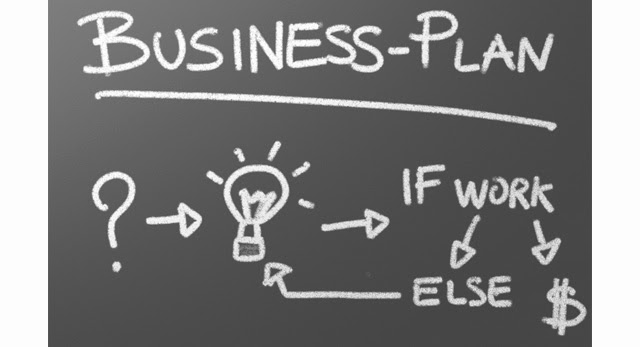
It's no secret the workplace is changing. How we work, collaborate, and communicate with each other is increasingly shaped by technology and tools to increase productivity. But what happens when we get bogged down with e-mails and move away from the actual work?
Last week, thought leaders from all over the country gathered at Chicago Ideas Week to discuss the future of work, and how we can do it better. Here's how to cut the inefficiencies in your office.
"The crux of inefficiencies of work come down to lack of clarity," says Justin Rosenstein, co-founder of San Francisco-based collaborative software company Asana. When 70 to 80 percent of your day is spent doing work about work (multiple meetings, endless e-mails) instead of doing actual work, that's a problem, he says.
Rosenstein, formerly of Facebook and Google, and Asana co-founder Dustin Moskovitz, created a solution that increases productivity by centralizing tasks. Companies like Pinterest, Dropbox and Uber have embraced Asana. Rosenstein says three key principles around clarity can help businesses become more efficient. They are: clarity of purpose, clarity of plan, and clarity of responsibility.
1. Clarity of Purpose
When employees know the larger context, they can make better decisions and better prioritize, says Rosenstein. "Clarity of purpose gives us the information we need to do our best work," he says. Lack of clarity may lead to a lack of motivation.
2. Clarity of Plan
If the team isn't clear on the plan, there's lots of confusion and everyone's wondering what will happen next. At Asana, when they start a project, they ask: What are all the steps needed to reach our goal? Team members can add steps to a single, shared list, the list is always up-to-date, and everyone has access to it. Of course, steps may be modified as the project progresses, but Rosenstein says the knowledge that nothing will fall between the cracks creates calm and comfort among team members. Everyone knows when each step will happen and what's next.
3. Clarity of Responsibility
On a big project, it's bound to happen: one person thinks someone else was doing a task and nobody ends up doing it, or more than one person does it and you wind up with a duplication of efforts. With a productivity tool, this won't happen. Everyone on the team goes through the list and signs up for a task – either because it's their passion or they're taking one for the team, Rosenstein says.
"The emergent effect of all three is everyone knows what they're doing, when they’re doing it, and why," Rosenstein says.












0 comments:
Post a Comment